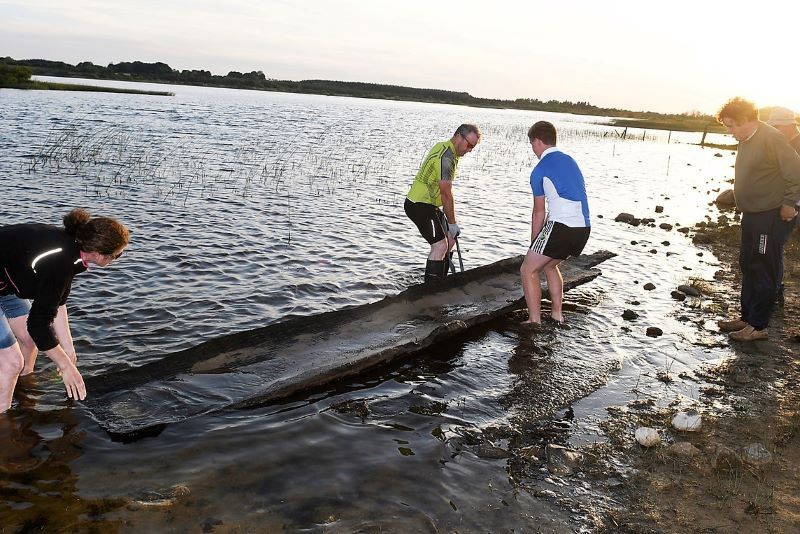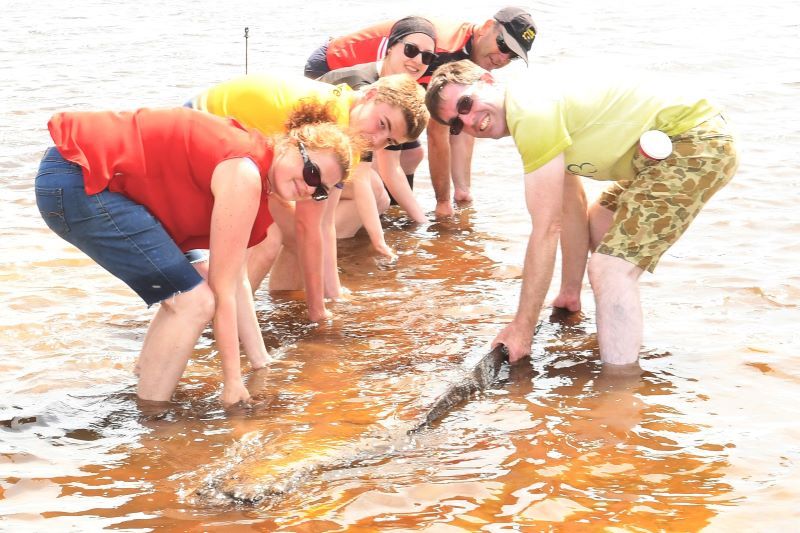Irish schoolboy discovers 4,000-year-old boat in Roscommon
LISACUL, IRELAND — A 12-year – old boy has found out the ruins of a wooden long-boat while wading in a lake in the Roscommon County of North Central Ireland reported by Irish Independent.
The boat may have been built early in the Neolithic period or as late as the Middle Ages.
An old boat that was more than 4,000 years old, uncovered by a bored schoolboy who abandoned his homework to paddle in the lake.
The 17ft longboat was lodged in the mud in the lake at the back of 12-year-old Cathal McDonagh’s home in Lisacul, Castlerea, Co Roscommon.
Archaeologists have told the family the ancient vessel could date back as far as 2000 BC.

The Irish Independent reports that McDonagh tripped over the vessel as he paddled in the shallow water of the lake and says that an expert team will travel from Dublin later this week to examine the find.
The lake is home to at least one crannóg – an artificial island used as dwellings and defense mechanisms in prehistoric Ireland. Crannóg’s are the oldest dwellings in prehistoric Ireland.
There are additionally at least seven ringforts surrounding the town of Lisacul.
Eileen McDonagh, Cathal’s mother, told the Irish Independent that he was supposed to be doing his homework when he made the discovery.
She said that her son became bored with his schoolwork and went for a walk down to the lake, where he paddled up to his ankles in a pair of wellington boots.
It was there that he tripped over the long piece of ancient wood and made the fascinating discovery.

Cathal’s father Peter and his two elder siblings Aonghus and Róisin were summoned to help him retrieve the vessel from the lake and the family then reported the find to the Underwater Archaeology Unit of the Department of Culture, Heritage and the Gaeltacht.
Experts said that the vessel could date back to Ireland’s Neolithic era but that it also could be from the medieval period.
The experts advised the McDonagh family to place the vessel back in the water in order to preserve it.





